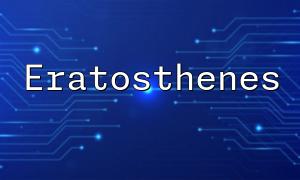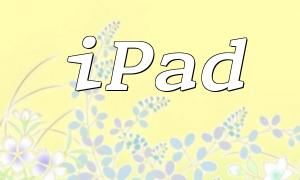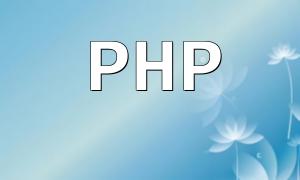Before getting started, it’s important to understand the basic structure of a PHP file. Typically, a PHP file contains PHP code alongside HTML tags. The server executes the PHP code and returns the result to the client. Here is a simple PHP example:
<span class="fun">echo "Hello, iApp!";</span>
This code outputs "Hello, iApp!" to the client when executed on the server.
To allow iApp to successfully read PHP file content, the two must communicate via HTTP. Follow these steps:
Create a new PHP file on your web server (for example, example.php) and write the code to return the needed data. For example:
$data = array("message" => "Hello from PHP!");
echo json_encode($data);This file returns data in JSON format containing the "message" key, making it easier for iApp to parse.
Next, use iApp’s networking features to send an HTTP request to the PHP file’s URL and retrieve the response content. Below is an example in Swift:
let url = URL(string: "http://yourserver.com/example.php")!
let task = URLSession.shared.dataTask(with: url) { data, response, error in
if let data = data {
let jsonString = String(data: data, encoding: .utf8)
print(jsonString!)
}
}
task.resume()This code creates a data task that requests data from the PHP file’s address and prints the response.
After iApp successfully receives the response, you need to parse the JSON content for further use. Example:
if let jsonData = data {
do {
let json = try JSONSerialization.jsonObject(with: jsonData, options: [])
print(json)
} catch {
print("Failed to parse JSON: \(error.localizedDescription)")
}
}This converts the PHP-returned JSON data into objects that iApp can work with.
This article covered the full process of enabling iApp to read PHP file content. From writing the PHP file to sending HTTP requests from iApp and parsing the response data, each step is essential. Mastering these techniques will allow smoother integration between iApp and PHP, enhancing your app development efficiency and functionality.









